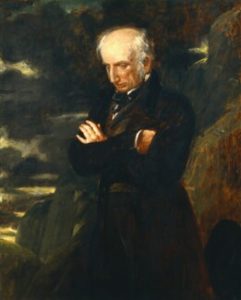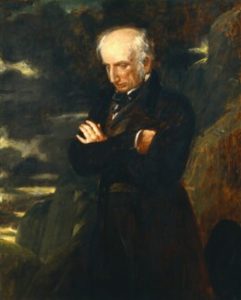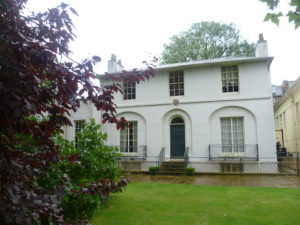James Henry Leigh Hunt, to give Hunt his full name, was one of those people who everyone who was anyone in either politics or the arts knew, or at least knew of. In 1808, aged only 24, he, together with his older brother John, set up The Examiner, a weekly political paper which prided itself on its political independence; it was liberal and reformist in its opinions and it attacked, ferociously, whatever Hunt felt deserved it.

Leigh Hunt by Benjamin Haydon, courtesy of National Portrait Gallery
Continue reading Leigh Hunt: poet, essayist and critic (1784-1859)
Please share this page...


